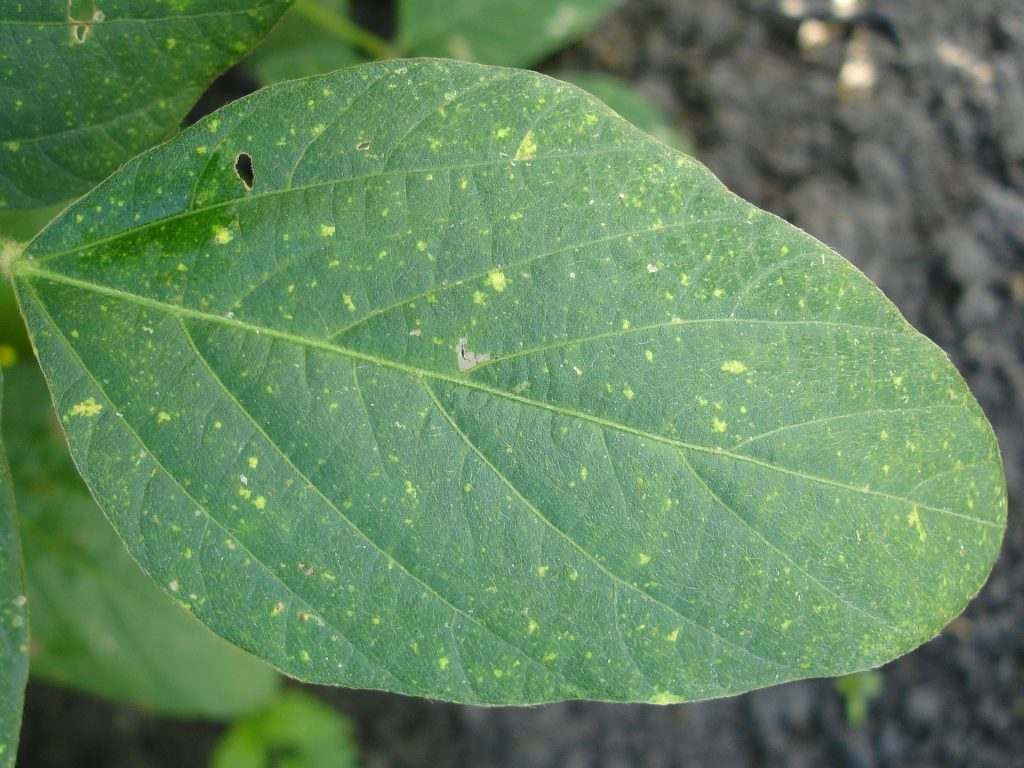POWDERY MILDEW: What is It ?
“Most gardeners in our region will have to control it in their gardens at some point.”
Powdery mildew is a disease caused by many different species of fungi. The disease is usually fairly easy to identify since it will appear as though powdered sugar covers the leaves. Fungal colonies expand to form whitish, circular patches on the host plant that can develop a powdery appearance as it grows and spreads. As it ages, it often becomes gray or brown and may cover the entire surface of the leaves, stems, and even fruit.
“It seems to be everywhere! Luckily, it is fairly easy to manage and an infection doesn’t have to mean the end of your beloved garden! “
While it is rarely fatal, it will stress and weaken plants. If enough leaf surface is covered with the mold, photosynthesis is inhibited and the plant is unable to make as much energy as it needs. The affected leaves may yellow, droop, and fall prematurely.

It thrives in humid conditions and stagnant air found among plants growing too close together. The pathogen overwinters in plant debris and within the buds of infected plants. Spores start forming in early spring and spread fairly easily by wind, insects, and water splashed up from soil onto leaves.
Powdery mildew can be easily controlled when you take action sooner rather than later. There are multiple management methods. Try to select non-chemical options as your first choice, and then introduce chemical means if you deem it necessary. Next week I will offer suggestions as to how we manage a powdery mildew infection.